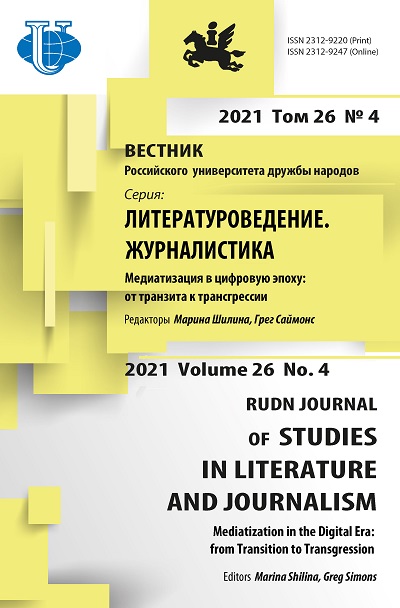Abstract
This paper presents the T-Magic formula revealing ontology of social media which has become a transgressive form of media through its ability to build a digital community, sharing digital identity, and building a digital social capital, that prevails over offline human relations, and includes supporters and doubters estimated for their contact establishing function. Social media belongs to the so called culture of participation, and is considered as a versatile social phenomenon building a hybrid digital culture. Mutation seems to be a key characteristic of media in general and social media in particular. The consequences of the mutation’ change shows pathway to a new ontology of digital communication, that of digital physics with a special focus on digital space and digital time, digital substance and digital energy. Transformation displays a technological turn in digital communication that reveals technological sources of digital energy. Transfiguration unveils the essence of digital substance, that of a social media sapience. Transgression outlines digital space and digital time, and is a means of overcoming “real” space and time by means of certain text units establishing bridges to connected personal or collective accounts or aggregate archives. The main function of the media text transgressiveness is to raise a so called publicity capital of a media subject initiating or releasing the post.
















